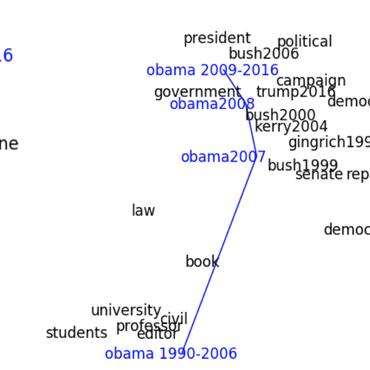Abolitionist Networks: Modeling Language Change in Nineteenth-Century Activist Newspapers
The abolitionist movement of the nineteenth-century United States remains among the most significant social and political movements in US history. Abolitionist newspapers played a crucial role in spreading information and shaping public opinion around a range of issues relating to the abolition of slavery. These newspapers also serve as a primary source of information about the movement for scholars today, resulting in powerful new accounts of the movement and its leaders. This paper supplements recent qualitative work on the role of women in abolition's vanguard, as well as the role of the Black press, with a quantitative text modeling approach. Using diachronic word embeddings, we identify which newspapers tended to lead lexical semantic innovations -- the introduction of new usages of specific words -- and which newspapers tended to follow. We then aggregate the evidence across hundreds of changes into a weighted network with the newspapers as nodes; directed edge weights represent the frequency with which each newspaper led the other in the adoption of a lexical semantic change. Analysis of this network reveals pathways of lexical semantic influence, distinguishing leaders from followers, as well as others who stood apart from the semantic changes that swept through this period. More specifically, we find that two newspapers edited by women -- THE PROVINCIAL FREEMAN and THE LILY -- led a large number of semantic changes in our corpus, lending additional credence to the argument that a multiracial coalition of women led the abolitionist movement in terms of both thought and action. It also contributes additional complexity to the scholarship that has sought to tease apart the relation of the abolitionist movement to the women's suffrage movement, and the vexed racial politics that characterized their relation.
PDF Abstract

